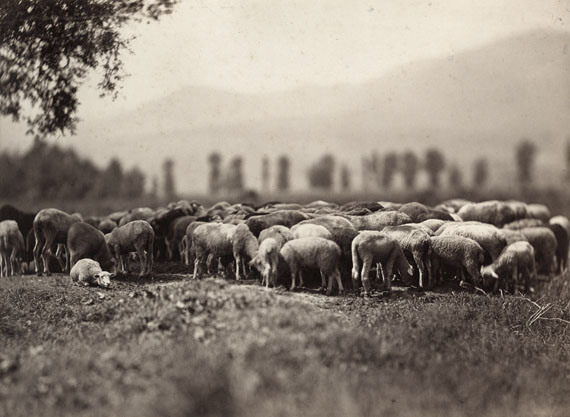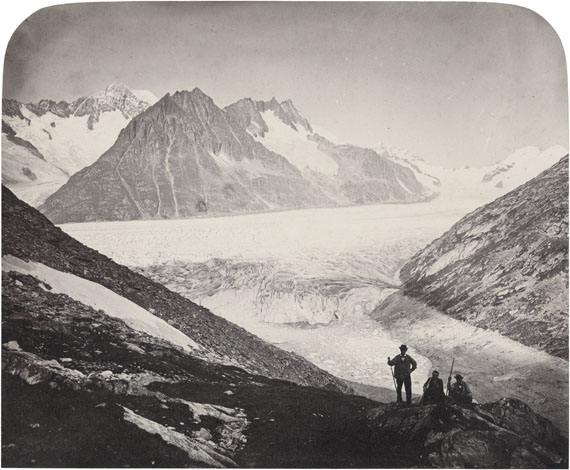
Adolphe Braun »
A European Photography Business and the 19th-Century Visual Arts
Exhibition: 6 Oct 2017 – 21 Jan 2018
Thu 5 Oct 19:00
Münchner Stadtmuseum
St.-Jakobs-Platz 1
80331 München
Tue-Sun 10-18
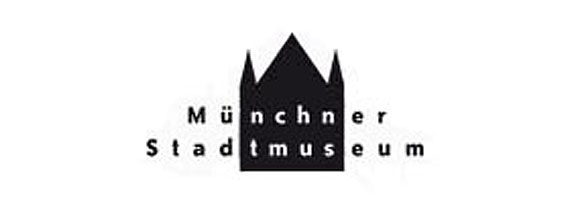
Münchner Stadtmuseum
St.-Jakobs-Platz 1
80331 München
+49 (0)89-23322370
stadtmuseum@muenchen.de
www.muenchner-stadtmuseum.de
closed until 2027
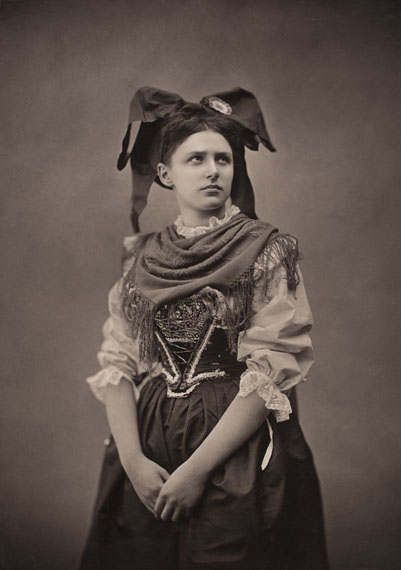
Adolphe Braun
"A European Photography Business and the 19th-Century Visual Arts"
Exhibition: 6 October, 2017 – 21 January, 2018
Opening: Thursday, 5 October, 7 p.m.
The Münchner Stadtmuseum is holding the first-ever retrospective of French photographer Adolphe Braun (1812-1877) to be hosted by a German-speaking country. The exhibition draws on the Museum’s own extensive collection complemented by loans from around the world, and presents some 400 original Braun photographs, along with some 20 paintings by a number of international artists.
Adolphe Braun was one of the most prominent and influential photographers in 19th century Europe. In 1855, the erstwhile textile designer made his debut as a photographer at the Paris Universal Exposition with a series of floral studies. International visitors were so captivated by the beauty of the familiar still life captured through the medium of photography that not only did the images prove popular as models for artisans but they also caused a stir in the art world. Braun would subsequently prove to be a great experimenter behind the camera. With the support of a few family members and a handful of employees, he founded "Ad. Braun et Cie.", a photography business, and together they pioneered Alpine photography. Perilous expeditions in the high mountains produced large-format landscapes of the Swiss Alps that appealed to the scientific community and tourists alike. These images document a natural landscape undergoing rapid change as a result of industrialization and a changing climate. To this day, they remain some of the most striking pictures ever taken of Alpine scenery.
Braun’s photographs made a huge impression on French painter, Gustave Courbet, and were the inspiration for "Château Chillon", which depicts the eponymous Swiss castle on the shores of Lake Geneva. In the exhibition, this painting takes center stage alongside works by Alexandre Calame displayed next to the photographs on which they were based. The exhibition devotes twelve chapters to the ways in which Adolphe Braun’s imagery influenced the visual arts in the 19th century. Braun discovered that a soft-focus effect could lend a painting-like quality to his photographic portraits – not portraits of people, but of horses, sheep and cows. Painters including Rosa Bonheur and Albert Heinrich Brendel used these animal images as models for their paintings. The dead animal as a memento mori, a well-established artistic motif ever since the early modern period, became the subject of a series of large-format still-life hunting images. American artist William Harnett, who would later go on to revolutionize American still-life painting, encountered these on a visit to Munich. Braun’s photographs of Egypt also provided a fresh source of inspiration for the Orientalism that was in vogue in the 19th century. While this series was shot for the opening of the Suez Canal in 1869, it did not adopt a photo documentary style. These Egyptian photographs depict picturesque scenes of the Nile’s distinctive natural environment and were used by artists such as painter Eugène Fromentin as additional resources.
Alsatian painter, Jean-Jacques Henner, was a close friend of Adolphe Braun’s son, Gaston. Both this artist and the photography business shared a mutual interest in Alsatian and Swiss folklore, and this fascination found expression in numerous genre scenes and costume studies. The black-and-white photographs they jointly produced were laboriously hand-colored to ensure they lost nothing in comparison with paintings. Yet the results were more kitsch than art, and the market for photographs of this nature remained confined to the Alsace region. Nevertheless, Braun’s images did serve as a source for the paintings of Jean-Jacques Henner. Meanwhile, reproductions of works of art and drawings from Europe’s foremost museums and private collections started to become particularly important to artists. The company, even before 1885 when it became the official photographer of the Louvre, had already produced more than 30,000 prints, mostly of Italian, Dutch and French art, reflecting the tastes of the time. In 1869, for instance, the company’s photographers documented Michelangelo’s frescoes in the Sistine Chapel, sparking an interest in photography not only among artists but also among art historians. The opportunity to examine photographs of works of art had a significant influence on the emerging discipline of art history, and several prominent art historians of the day worked closely with Adolphe Braun’s company.
At the very time when reproduction work was really starting to take off, the Franco-Prussian War laid waste to towns, cities and large areas of countryside in France. In 1871, Braun took a series of photographs of Paris and Belfort, both to document the devastation caused by the war and because good money could be made from pictures of the destruction. One photograph mirrors Ernest Meissonier’s iconic Paris Commune painting “The Ruins of the Tuileries Palace”. Braun also lamented the loss of Alsace and Lorraine to Germany after France’s defeat in the war through his allegorical depictions of two young women wearing each region’s traditional dress. These powerfully symbolic images proved extremely popular as prints, in the printed media and also on postcards, chinaware and textiles.
A comprehensive catalog with contributions by Ulrich Pohlmann and Paul Mellenthin (eds.) and Jan von Brevern, Christian Kempf, Dorothea Peters, Marie Robert, Aziza Gril-Mariotte and Bernd Stiegler will be published by Schirmer / Mosel Verlag. 340 pages.
Free audio guides in German and English are available at the museum’s ticket office.
The exhibition and catalog have received generous support from the Ernst von Siemens Art Foundation and the Friends of Münchner Stadtmuseum.
"We are delighted to support the Münchner Stadtmuseum’s exhaustive research into its large collection of works by French photographer Adolphe Braun. This retrospective of the fine art photographer, supplemented by loans from around the world, is very much in the spirit of our founder, Ernst von Siemens, whose wish it was to support scholarly investigation into and the promulgation of art", said Dr. Martin Hoernes, general secretary of the Ernst von Siemens Art Foundation.
Thanks to generous support from the Friends of Münchner Stadtmuseum, we have been fortunate to acquire two important series of works produced by the Adolphe Braun photography company: 52 pictures of Egypt taken by Gaston Braun at the opening of the Suez Canal in 1869, and five large-format portraits of Prussian generals in the Franco-Prussian War of 1870-71.
Special thanks to Mrs. Ruth Rosner, Munich, who generously supported the purchase of Adolphe Braun’s panoramic stereoviews of Munich and Switzerland.
The exhibition is a collaboration with the Musée Unterlinden in Colmar which will subsequently host the exhibition in spring 2018.
�
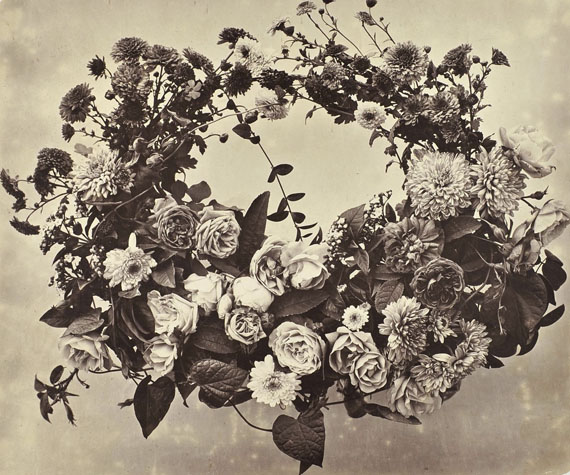
Adolphe Braun
"Ein europäisches Photographie-Unternehmen und die Bildkünste im 19. Jahrhundert"
Ausstellung: 6. Oktober 2017 bis 21. Januar 2018
Eröffnung: Donnerstag, 5. Oktober, 19 Uhr
Das Münchner Stadtmuseum richtet erstmals im deutschsprachigen Raum eine Retrospektive des französischen Fotografen Adolphe Braun (1812-1877) aus. Ausgehend von einem umfangreichen Sammlungsfundus und weltweiten Leihgaben präsentiert die Ausstellung circa 400 Original-aufnahmen des Fotografen und weitere 20 Gemälde internationaler Künstler.
Adolphe Braun zählt zu den prägendsten und einflussreichsten Fotografen im Europa des
19. Jahrhunderts. Sein fotografisches Debut feierte der ehemalige Textildesigner in Paris auf der Weltausstellung von 1855, wo er eine Serie von Blumenstudien präsentierte. Die Schönheit des bekannten Stillleben-Genres in der Fotografie begeisterte das internationale Publikum derart, dass sich die Aufnahmen nicht nur als Vorlagen für Handwerker durchsetzten, sondern auch in der Kunstwelt Aufsehen erregten. Von da an zeigte sich der Franzose außerordentlich experimentier-freudig im Umgang mit dem Fotoapparat. So waren Adolphe Braun, einige Familienmitglieder sowie Mitarbeiter – die gemeinsam das Fotografieunternehmen "Ad. Braun et Co." aufbauten – Pioniere der Alpenfotografie. Großformatige Ansichten der Schweizer Berge entstanden durch riskante Expeditionen ins Hochgebirge und stießen in Wissenschaftskreisen sowie bei Touristen auf großes Interesse. Sie dokumentieren eine Naturlandschaft, die sich im Zuge der Industrialisierung und des Klimawandels rapide wandelte und gehören auch heute noch zu den eindrucksvollsten Bildern der Alpenwelt.
Inspiriert und beeindruckt von Brauns Fotografien fertigte der französische Maler Gustave Courbet das Gemälde "Château Chillon" des gleichnamigen Schweizer Seeschlosses an. Das Bild wird an zentraler Stelle in der Ausstellung neben Werken von Alexandre Calame und in Bezug zu den Fotografien gezeigt. Insgesamt zwölf Kapitel stellen den Bildkosmos von Adolphe Braun in den Verbund mit den Bildenden Künsten des 19. Jahrhunderts. Die malerische Wirkung von Unschärfe entdeckte Braun in einer Serie von Porträts, die jedoch keine Personen wiedergaben, sondern Pferde, Schafe oder Kühe. Maler wie Rosa Bonheur oder Albert Heinrich Brendel bemächtigten sich dieser Tieraufnahmen, um sie als Modellstudien für Gemälde zu nutzen. Dem toten Tier in seiner Funktion als Memento mori – ein klassisches Motiv der Kunst seit der Frühen Neuzeit – widmete sich eine Serie großformatiger Jagdstillleben, denen wiederum der amerikanische Maler William Harnett bei einer Reise nach München begegnete und der fortan die amerikanische Stilllebenmalerei revolutionierte. Auch ein in der Kunst des 19. Jahrhunderts weit verbreiteter Orientalismus fand in Brauns Fotografien Ägyptens eine neue Inspirationsquelle. Obwohl die Serie 1869 aus Anlass der Eröffnung des Suezkanals entstanden war, handelte es sich nicht um journalistische Ereignisaufnahmen. Die Ägyptenbilder sind pittoreske Ansichten der unverwechselbaren Natur um den Nil und ergänzten so etwa die Studien des Malers Eugène Fromentin.
Ein enger Vertrauter von Adolphe Brauns Sohn Gaston war der Elsässer Maler Jean-Jacques Henner. Sowohl das Fotografieunternehmen als auch der Künstler interessierten sich für die Folklore des Elsass und der Schweiz. Aus dieser Faszination entstanden Genre-Szenen und Kostümstudien, doch die farblosen Fotografien wurden, um den Gemälden in nichts nachzustehen, aufwendig von Hand koloriert. Das Resultat war jedoch eher Kitsch als Kunst, weshalb sich der Markt dieser Fotografien auf ein regionales Interesse begrenzen musste. Umgekehrt dienten dann aber auch Jean-Jacques Henner Brauns Bilder als Vorlagen. Besondere Relevanz erlangten die Reproduktionen von Kunstwerken und Zeichnungen führender europäischer Museen und Privatsammlungen für Künstler. Noch bevor die Firma 1885 die Stellung als offizieller Fotograf des Louvre innehatte, entstanden über 30.000 Aufnahmen von, dem Geschmack der Zeit nachkommend, maßgeblich italienischer, niederländischer und französischer Kunst. Zum Beispiel dokumentierten die Fotografen 1869 Michelangelos Fresken der Sixtinischen Kapelle, was neben der künstlerischen auch die kunstwissenschaftliche Auseinandersetzung mit der Fotografie anregte. Die auf dem fotografischen Bild basierende Wahrnehmung prägte die im Entstehen begriffene Wissenschaftsdisziplin, und bedeutende Kunsthistoriker der Zeit kooperierten eng mit dem Unternehmen Adolphe Brauns.
Inmitten der Arbeiten an den Reproduktionskampagnen verwüstete der Deutsch-Französische Krieg Städte und Landstriche in Frankreich. Zur Dokumentation der Kriegsschäden wie auch zur Herstellung kommerziell rentabler Ruinenaufnahmen fertigte Braun 1871 Ansichten von Paris und Belfort an. Eine dieser Fotografien spiegelt eine Ikone der Kunst zur Pariser Kommune wider: Ernest Meissoniers Gemälde "Ruines du Palais des Tuileries". Den territorialen Verlust von Elsass und Lothringen nach dem für Frankreich verlorenen Krieg betrauerten überdies Brauns allegorische Darstellungen einer Elsässerin und einer Lothringerin in traditionellen Kostümen. Die Motive wurden aufgrund ihrer hohen Symbolkraft nicht nur in Abzügen, sondern auch in Druckgrafik und Postkarten, auf Porzellan oder Stoff verbreitet.
Zur Ausstellung erscheint ein 340-seitiger Katalog im Schirmer/ Mosel Verlag mit Texten der Herausgeber Ulrich Pohlmann und Paul Mellenthin sowie Jan von Brevern, Christian Kempf, Dorothea Peters, Marie Robert, Aziza Gril-Mariotte und Bernd Stiegler.
Zur Ausstellung kann ein Audio-Guide in Deutsch und Englisch an der Museumskasse kostenfrei ausgeliehen werden.
Die Ausstellung und der Katalog werden von der Ernst von Siemens Kunststiftung und dem Verein "Freunde des Münchner Stadtmuseums e.V." gefördert.
"Die Förderung ist motiviert durch die intensive Forschungsarbeit des Münchner Stadtmuseums zu seinen umfangreichen Beständen des französischen Fotografen Adolphe Braun. Die durch zahlreiche internationale Leihgaben ergänzte Retrospektive des Kunstfotografen ist eine Ausstellung ganz im Sinne unseres Gründers Ernst von Siemens, der die wissenschaftliche Erschließung und Vermittlung der Kunst unterstützen wollte", freut sich Dr. Martin Hoernes, Generalsekretär der Ernst von Siemens Kunststiftung.
Dank des Engagements des Freundeskreises des Münchner Stadtmuseums konnten erfreulicherweise zwei bedeutende Serien des Fotografieunternehmers Adolphe Braun erworben werden: 52 Ägyptenaufnahmen von Gaston Braun während der Eröffnung des Suezkanals 1869 und fünf großformatige Porträts der preußischen Generalität im Deutsch-Französischen Krieg 1870-71.
Herzlich dankt das Münchner Stadmuseum auch Frau Ruth Rosner, München, für die Unterstützung bei der Erwerbung von Adolphe Brauns Panorama-Stereoaufnahmen von München und Schweizer Ansichten.
Eine Ausstellung in Zusammenarbeit mit dem Musée Unterlinden in Colmar, die anschließend im Frühjahr 2018 dort gezeigt wird.�
